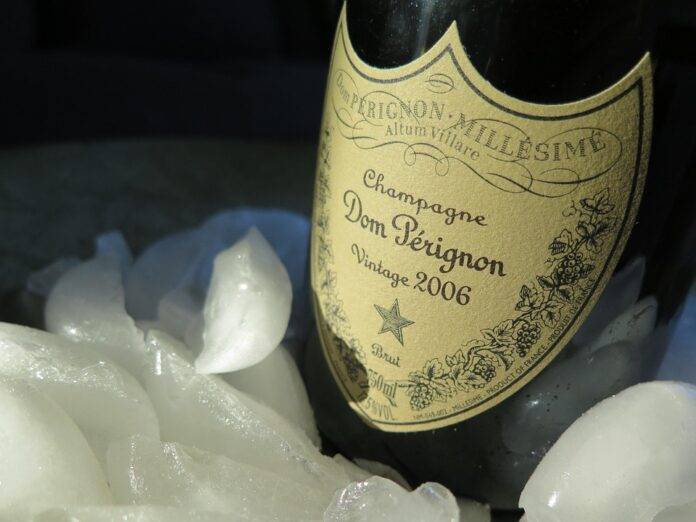Introduction
Vintage Champagne is known for its complexity, richness, and unique flavors that develop over time. Aged vintage Champagne bottles offer a different drinking experience compared to younger bottles, as they have undergone a longer maturation process. In this report, we will explore what drinkers should expect from aged vintage Champagne bottles, including the flavors, aromas, price points, and overall drinking experience.
Flavors and Aromas
Complexity
One of the key aspects of aged vintage Champagne is the increased complexity in flavors and aromas. As Champagne ages, it develops a wider range of flavors such as dried fruits, nuts, brioche, and honey. These flavors are a result of the interaction between the Champagne and the lees during the aging process, creating a more nuanced and layered drinking experience.
Aromas
Aged vintage Champagne also exhibits a more pronounced aroma profile compared to younger bottles. The aromas of aged Champagne can include notes of toast, caramel, spice, and even hints of mushroom. These aromas add depth and sophistication to the overall drinking experience, making aged vintage Champagne a favorite among connoisseurs.
Price Points
Investment Potential
Aged vintage Champagne bottles are often priced higher than younger bottles due to their rarity and quality. As Champagne ages, it becomes more valuable and sought after by collectors and enthusiasts. Some aged vintage Champagne bottles can even appreciate in value over time, making them attractive investments for those looking to build a wine collection.
Price Range
The price range for aged vintage Champagne bottles can vary significantly depending on factors such as the producer, the vintage year, and the condition of the bottle. On average, aged vintage Champagne bottles can range from $100 to several thousand dollars per bottle. Rare and highly sought-after bottles can fetch even higher prices at auction houses and specialty wine shops.
Drinking Experience
Texture and Mouthfeel
Aged vintage Champagne offers a unique texture and mouthfeel that sets it apart from younger bottles. The bubbles in aged Champagne are often finer and more delicate, creating a creamy and velvety sensation on the palate. The extended aging process also softens the acidity in the Champagne, resulting in a smoother and more refined drinking experience.
Food Pairing
Aged vintage Champagne pairs well with a variety of foods, thanks to its complex flavors and aromas. It can complement rich and savory dishes such as foie gras, truffles, and aged cheeses, or be enjoyed on its own as a celebratory drink. The versatility of aged vintage Champagne makes it a popular choice for special occasions and fine dining experiences.
Industry Insights
Market Trends
The market for aged vintage Champagne bottles has been steadily growing in recent years, driven by increasing demand from collectors and enthusiasts. Producers are paying more attention to their aging processes and releasing limited editions of aged vintage Champagne to meet this demand. As a result, aged vintage Champagne has become a symbol of luxury and sophistication in the wine industry.
Key Players
Some of the key players in the aged vintage Champagne market include prestigious Champagne houses such as Dom Perignon, Krug, and Louis Roederer. These producers are known for their commitment to quality and tradition, producing some of the most sought-after aged vintage Champagne bottles in the world. Collectors and connoisseurs often seek out these iconic brands for their exceptional aging potential and unique flavor profiles.
In conclusion, drinkers should expect a truly exceptional drinking experience from aged vintage Champagne bottles. From the complex flavors and aromas to the luxurious texture and mouthfeel, aged vintage Champagne offers a sophisticated and rewarding journey for those who appreciate the finer things in life. With its investment potential and timeless appeal, aged vintage Champagne continues to be a favorite among wine enthusiasts and collectors worldwide.




